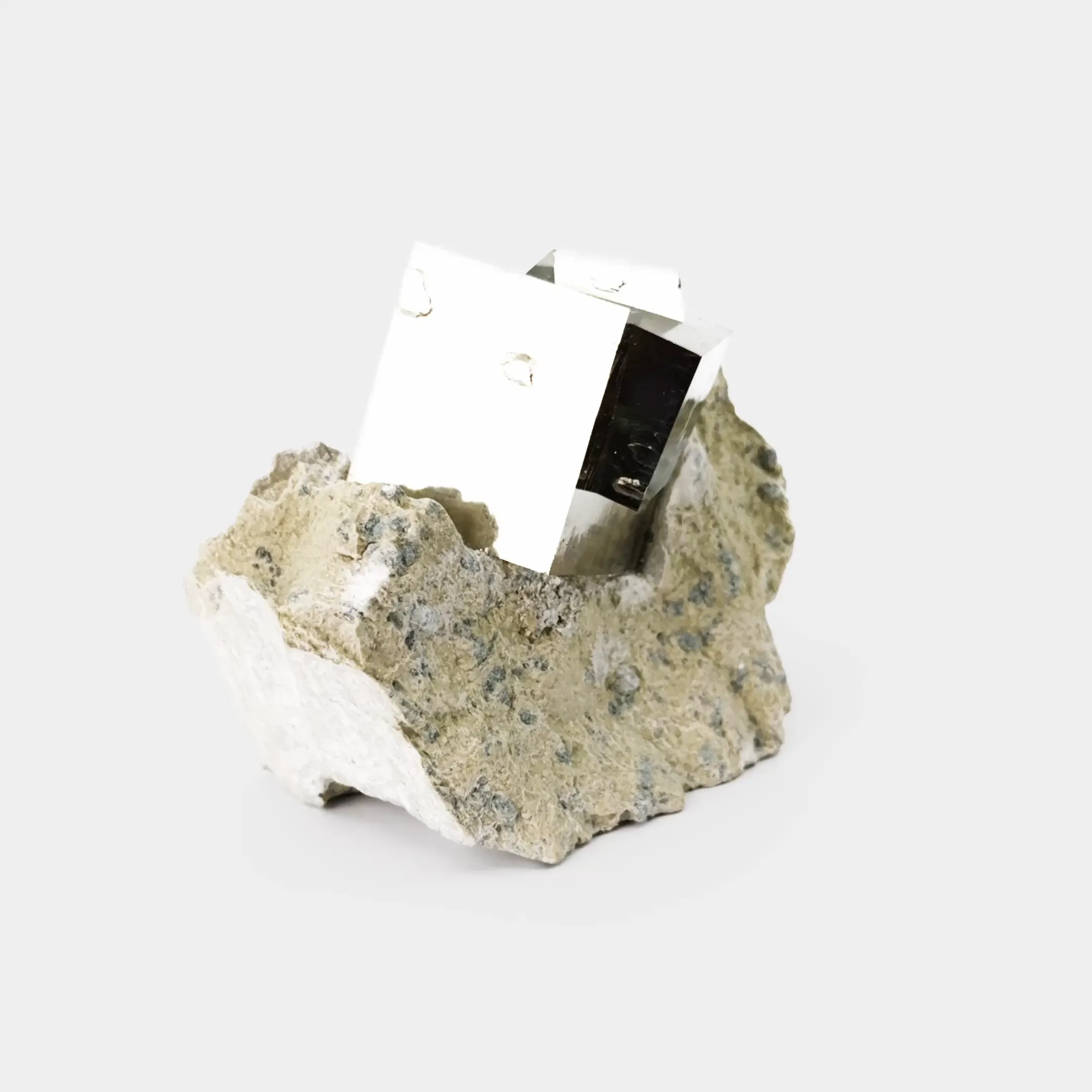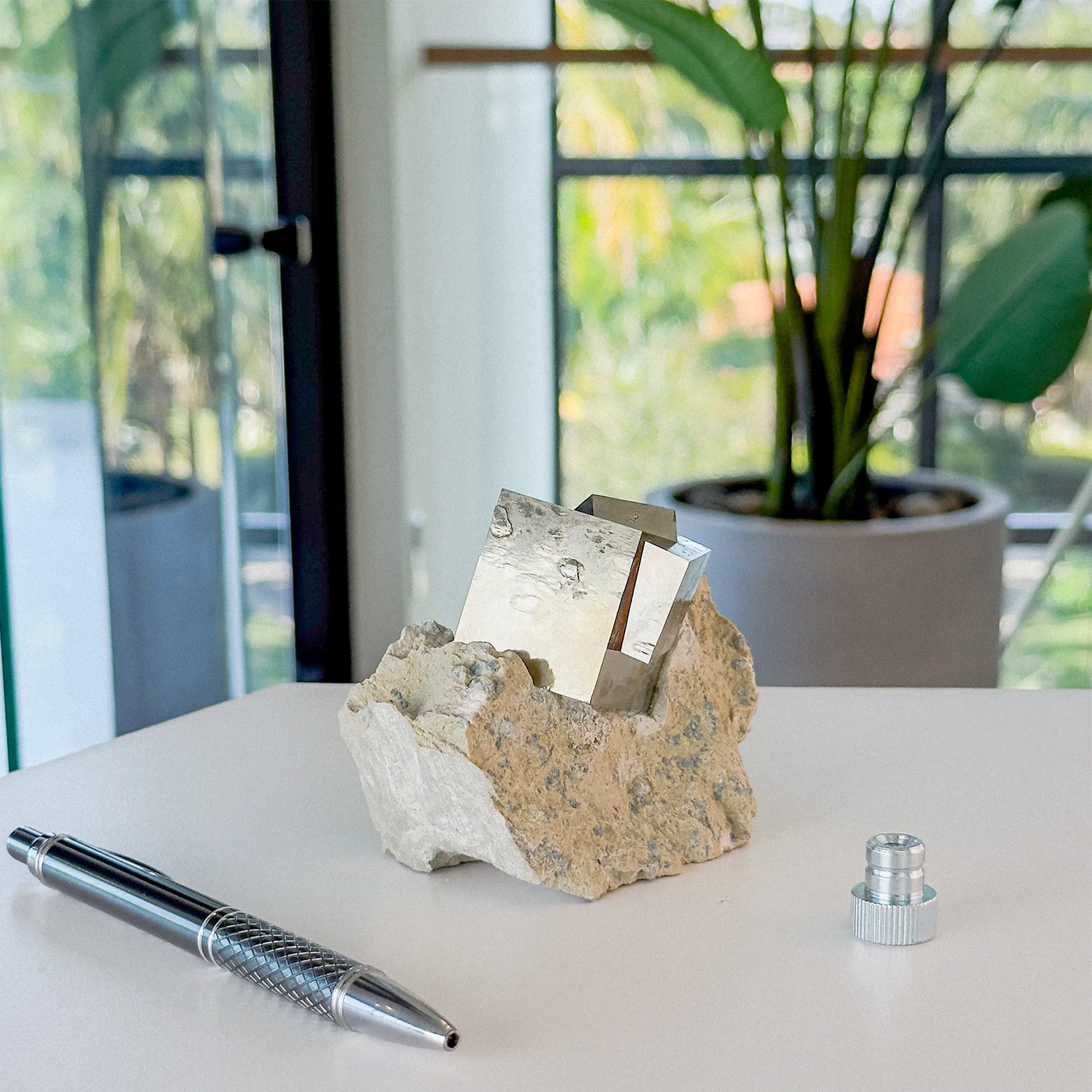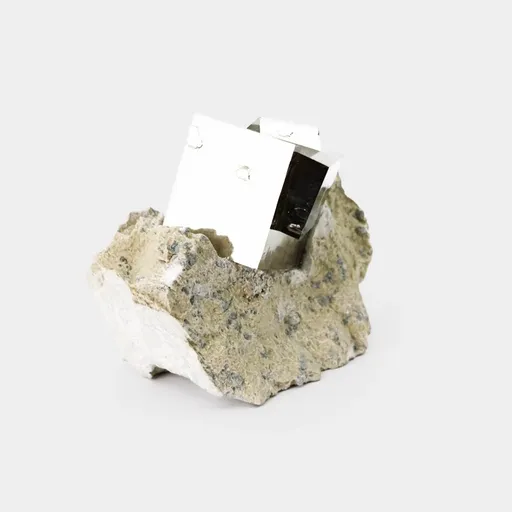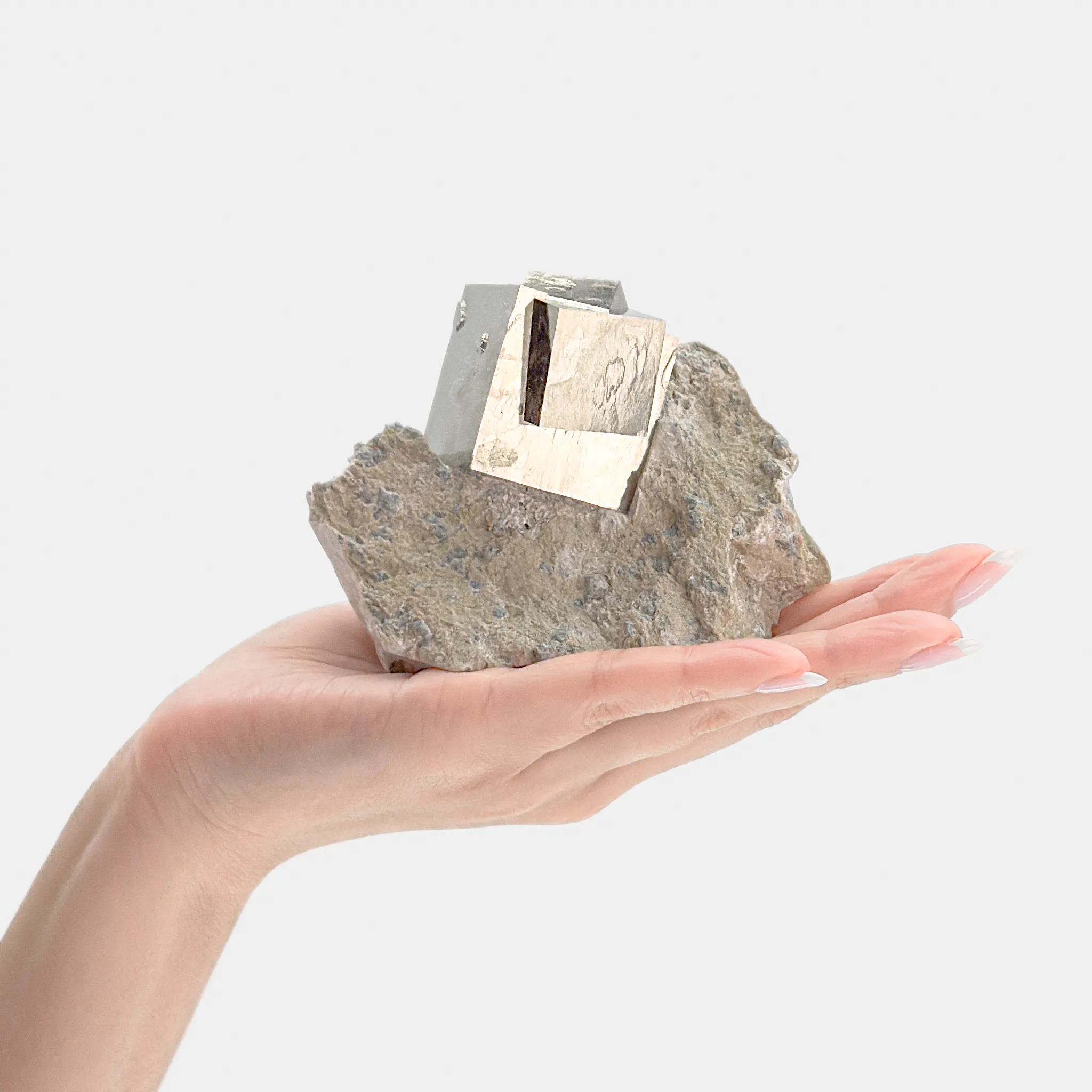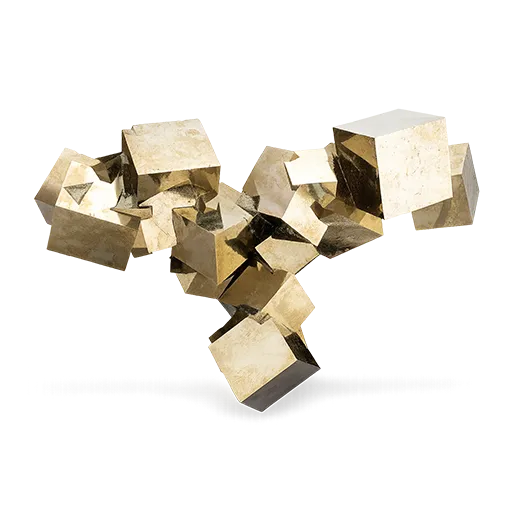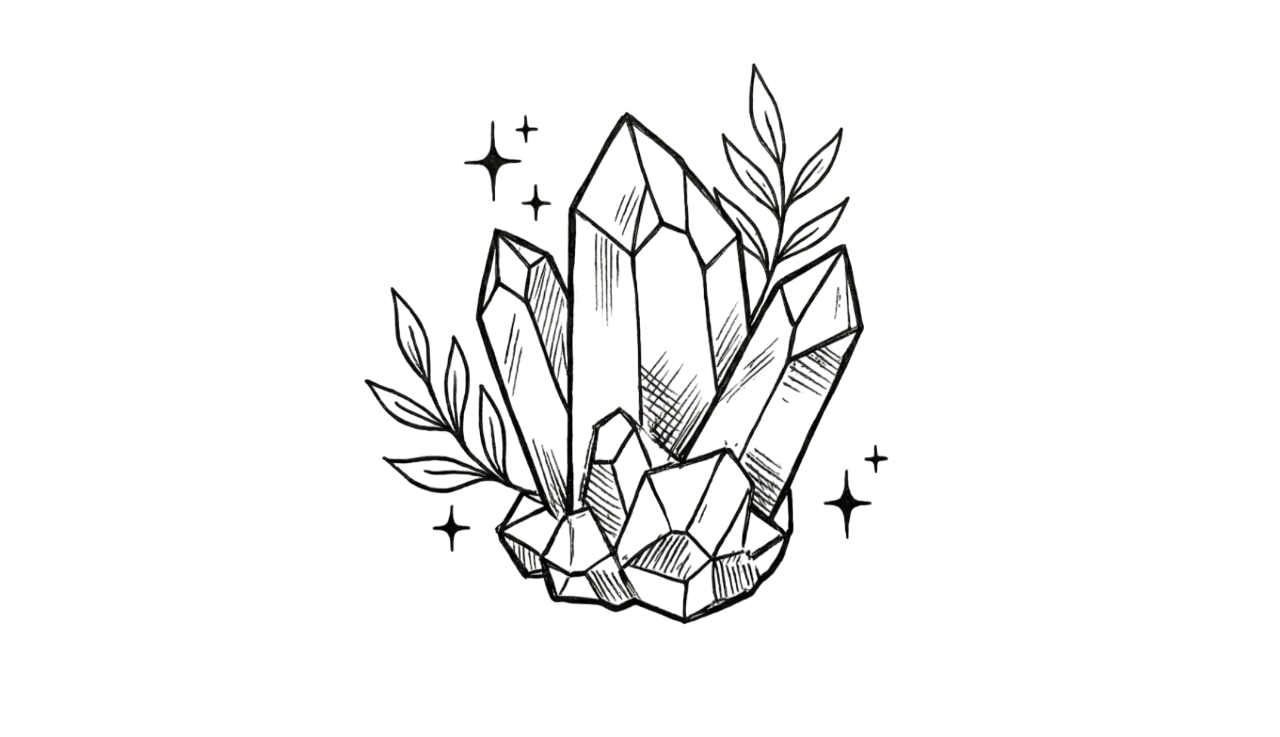This exceptional Pyrite specimen hails from the world-renowned mines of Navajún, Spain, celebrated for producing some of the most iconic Pyrite crystals on Earth. Known for their sharp angles and clear geometric lines, this classic specimen type is a delight for collectors and enthusiasts.
On this one, we can see the intense conditions that cause cubic Pyrite to form this way. Another excellent example from this locality! It makes a great addition to any space.
Collecting Pyrites
The most desirable crystals have high luster, clean faces and edges and have no damage. Collectors enjoy finding individual cubes, or small groups of cubes with near perfection, or finding larger groups of cubes that form into unbelievable shapes. The largest cubes can be up to 15 centimeters per face! But larger objects that retain high quality are exceedingly rare and the prices escalate quickly as size and increases.
Historical Context
Pyrite is often called "fools gold" due to its shiny golden metallic luster. The name Pyrite is derived from a greek word 'stone or mineral which strikes fire'. In ancient times pyrite was used to start fires. When one piece of pyrite strikes another, tiny flecks are struck off and instantly react with the oxygen in the air, creating a hot burning spark.
About Navajún, Spain
Navajún, Spain, is renowned for its prolific cubed pyrite crystals, some of the best found in the world. These crystals were formed around 150 million years ago.
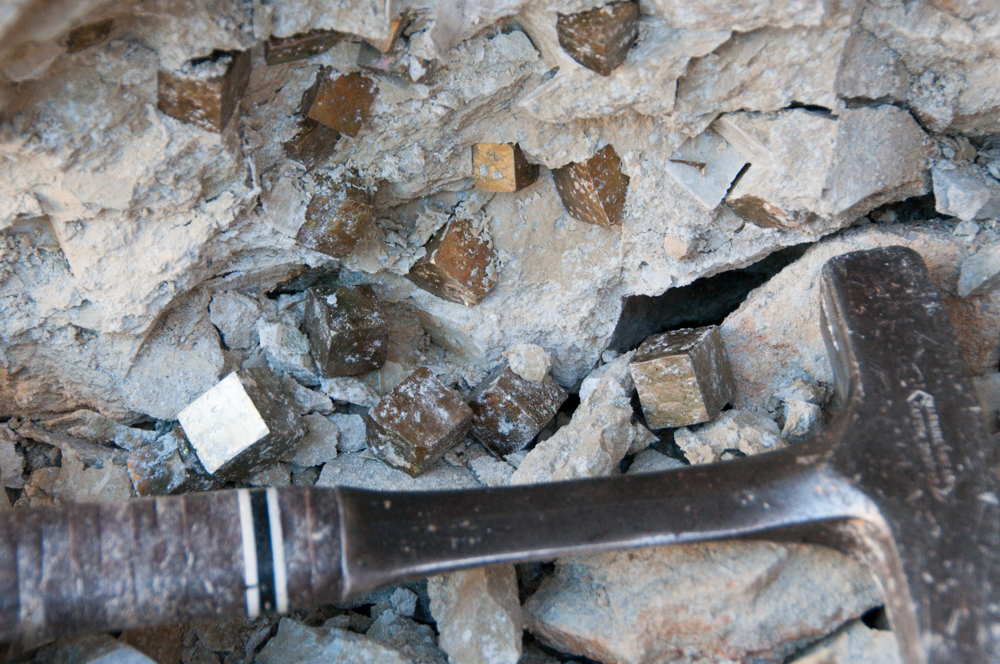
Is it natural?
Unbelievably, this specimen isn't cut or polished in any way. How is that possible? The tiny molecules of pyrite, composed of one atom of iron and two atoms of sulfur (FeS2), arrange themselves into cubes through a process called cubic crystal growth. This is where the mineral begins to precipitate out of an aqueous solution in the form of small, cuboid-shaped crystals. Then, these cuboids then begin to grow together, forming larger and larger cubes. The cubic nature of the large crystals is driven by the natural tendency of the molecules to tesselate based on the shape of the molecules.
The result is incredibly flat and lustrous faces that seem like they MUST be man-made, but they are COMPLETELY NATURAL!
Repairs and reassembly
Specimens are collected extremely carefully to ensure that crystals that are formed together are collected together. They must be transported back to a preparation lab where they are cleaned and reassembled, along with the host-rock matrix, which is incredibly soft. To start with, the matrix is treated so that it is hardened and will not break. Then, the cubes are reassembled so that they resemble their natural form. It is commonly understood that complex interlocking pyrite specimens require lab work and preparation to make up for what disturbed them during the collection process. This level of repair does not involve crafting fake crystals or covering up blemishes in the crystals and so is completely acceptable for collectors.
